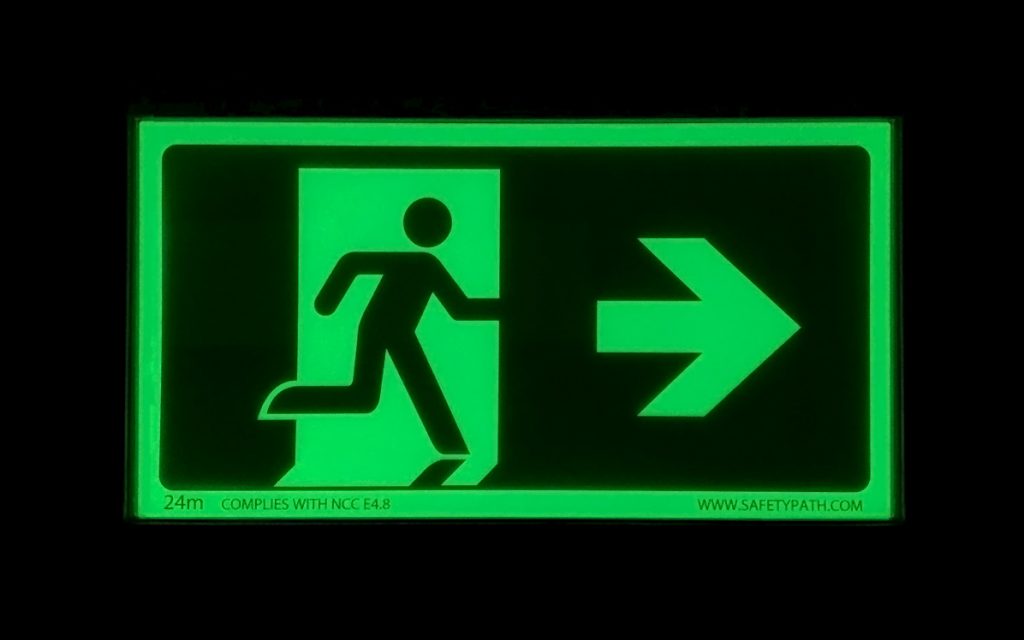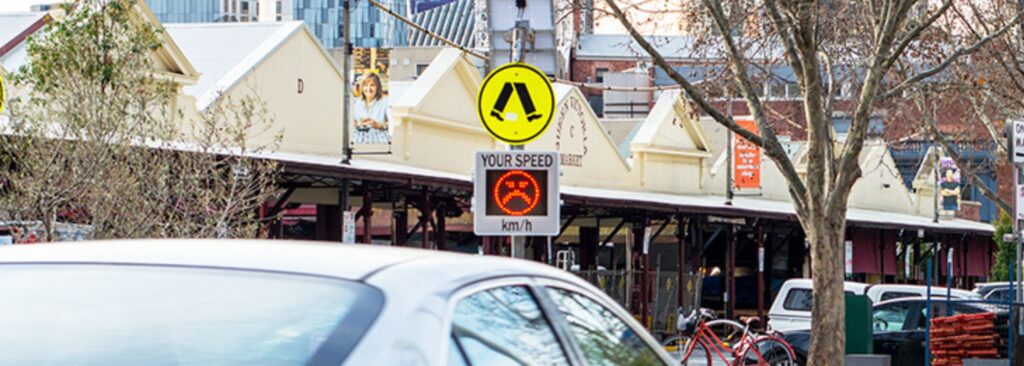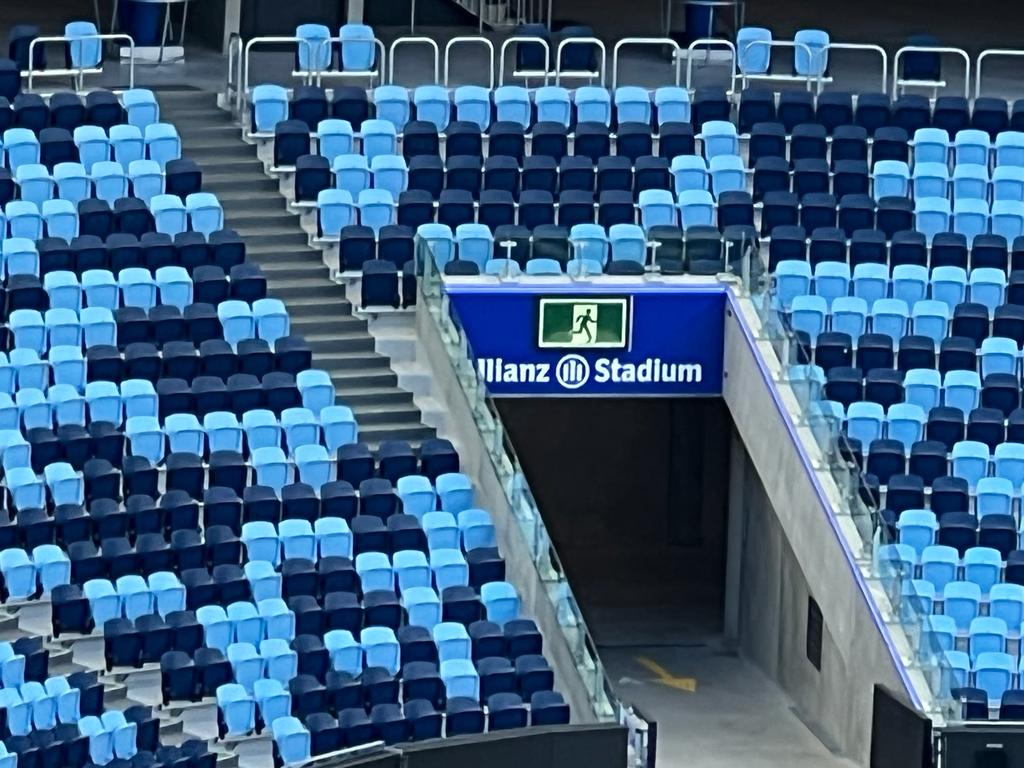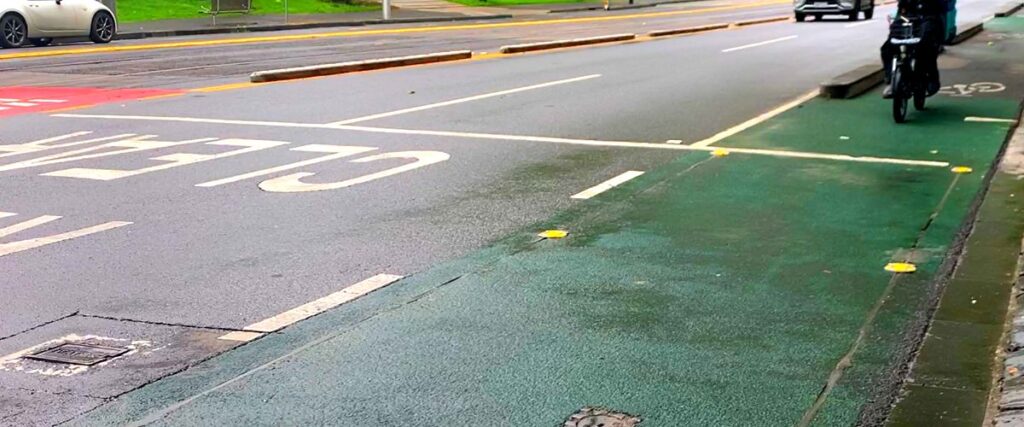
Photoluminescent linemarking – safer roads and car parks at night
5 minute read
November 8, 2021
Photoluminescent linemarking could reduce night-time and low-light crashes along Australia’s rural and country roads, and off-road paths. With road and path lighting for intersections and road sections unaffordable and impractical at most locations, photoluminescent linemarking is a more cost-effective and emission-free solution that will provide many of the same benefits.
Safety Path and OmniGrip Direct have applied photoluminescent linemarking paint at demonstration sites across Victoria, with the support of the Australian and Victorian Governments. The works have been separately managed by Downer Group’s DM Roads and Fulton Hogan, on behalf of Regional Roads Victoria, part of the Victorian Department of Transport.
Safety Path, part of the SmarterLite Group, is the recipient of a three-year Australian Government Road Safety Innovation Fund grant to futher the development of photoluminescent lines for road safety.
Sites include:
- Whittlesea – Kinglake Road
- Kinglake – Healesville Road
- Metung Road, Metung
- Bendigo Creek Shared User Path
Many local governments are actively working to reduce the use of public space lighting to protect amenity, reduce emissions and light pollution, and to avoid disrupting night-time activities of native wildlife. Safety Path photoluminescent linemarking enables Councils to avoid many of the negative effects and costs of electric-lighting in public spaces.
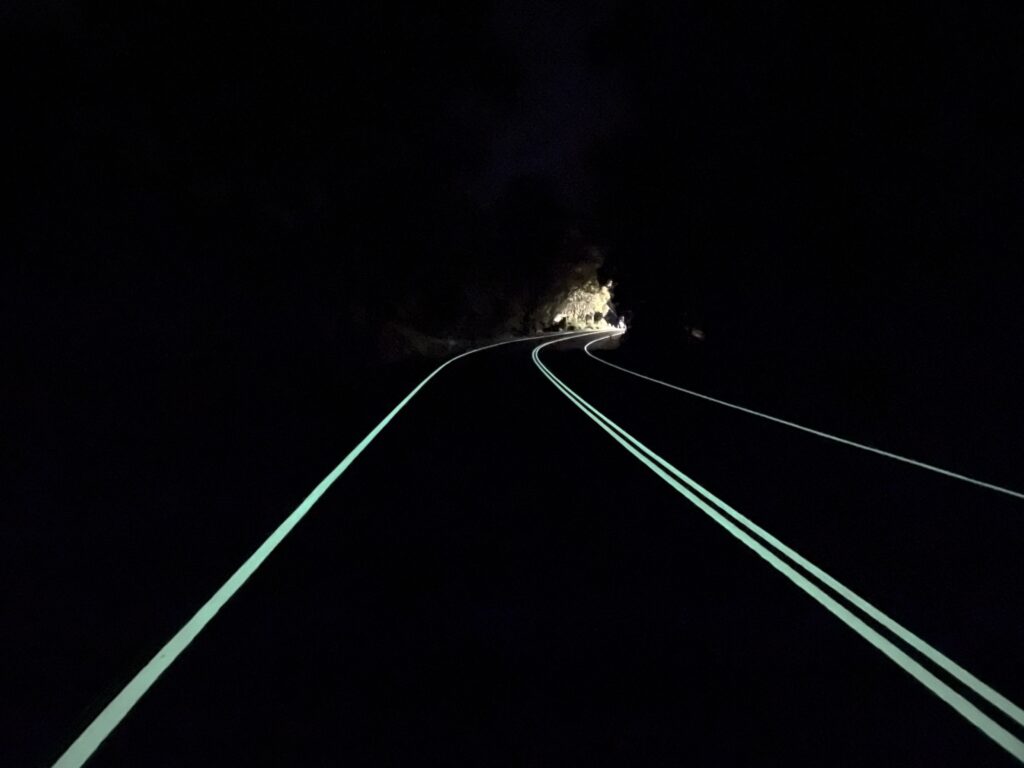
Crash reduction factors
Crash reduction factors are important for road safety engineers to estimate the benefit of road safety treatments when evaluating road safety options. Introducing street lighting reduces night-time crashes by 30-50% (Austroads ST1571 National Risk Assessment Model, 2011 and Austroads Road Safety Engineering Toolkit). Introducing linemarking reduces all crashes by 10-25% (VicRoads estimate, and Austroads Road Safety Engineering Toolkit). With photoluminescent linemarking for edge and centrelines, and kerbs on raised islands, all the benefits of linemarking will still be achieved as well as additional benefits from the improved visibility to a broader range of road users.
Benefits of photoluminescent linemarking
Road segments
The road safety and environmental benefits of mid-block photoluminescent lines along roads are:
- the road alignment is clearly delineated, with edge and centre lines guiding drivers. In particular, on bends along small-radius curves in winding roads, including hairpin bends, guidance is provided beyond the reach of a vehicles’ headlights. This is particularly evident in older vehicles.
- photoluminescent paints can be used on kerbs and other roadside hazards to improve their visibility
- there are no roadside light poles, to create a new roadside hazard
- no emissions from its operation
- reduced operating costs compared to street lighting
- it can be applied where electric lighting is too expensive; for example, locations remote from a suitable supply of electricity
- the headlights of each passing vehicle micro-recharge the photoluminescence.
Road and highway intersections
The road safety and environmental benefits of photoluminescent lines at road and highway intersections are:
- the visibility of the intersection is improved. This includes its layout if the linemarking paint is used to highlight raised islands, painted islands, painted chevrons, pedestrian crossings and pavement markings. This is particularly so for drivers entering a main road from a side road.
- there are no roadside light poles to create a new roadside hazard
- no emissions from its operation
- reduced operating costs compared to street lighting
- it can be applied where electric lighting is too expensive; for example, locations remote from a suitable supply of electricity
- the headlights of each passing vehicle micro-recharge the photoluminescence.
Car parks and rest areas
In car parks and roadside parking bays, the safety and environmental benefits of photoluminescent lines are:
- improved visibility of bays, aisles and pedestrian crossings, which improves wayfinding for users of the car park when they are searching for a space, or walking to and from their car.
- no emissions from its operation, improving wayfinding through the car park or roadside parking bay with no additional electricity costs.
Improving the risk rating of rural highways with photoluminescent linemarking
For Australian State Road Authorities and Local Governments (members of Austroads), risk rating their road network is an important tool for identifying and planning road safety treatments. ANRAM and AusRAP are important tools for developing a safer road investment plan.
Where there is a history or risk of night-time crashes, use of treatments like photoluminescent linemarking and pavement marking may reduce the risk profile of a route and deliver reductions in serious injuries and deaths. Tools like ANRAM and AusRAP assess the features and crash history of a road. Where there’s night-time crashes at tight curves and intersections, or a route has high usage by bicycle riders at night, they may recommend street lighting. However this can be impractical along Australia’s rural highway network and many bicycle paths or have a lengthy approval process. In those cases, road safety engineers should consider the benefits of photoluminescent linemarking and photoluminescent pavement marking as a temporary or permanent wayfinding solution.
Development program
Safety Path, the developer and supplier of photoluminescent linemarking, has an ongoing development program for its photoluminescent coatings. Safety Path, part of the Smarterlite Group of companies, is a recipient of a three-year Road Safety Innovation Fund grant to develop and improve photoluminescent coatings for road safety applications. This includes waterborne, cold-applied plastic and thermoplastic coatings.
Availability and more information
Pallets of Safety Path’s pre-form thermoplastic linemarking are available and OmniGrip Direct works with selected experienced contractors to apply linemarking in Australia. OmniGrip Direct and Safety Path are part of the SmarterLite Group.
If you are a road manager or facility manager interested in how photoluminescent linemarking and pavement marking can improve safety and wayfinding along your roads, shared user paths, bike paths and in your car parks or rest areas, then please Contact Us for more information.
